
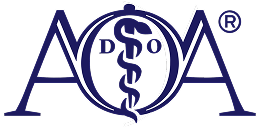


Plasma is a critical component of your blood that contains special proteins that help the blood to clot—forming gel-like clumps of blood that prevent excess bleeding in the event of an injury or cut. Plasma proteins are also known to directly support cell growth, by promoting cellular healing.
The acronym PRP in “PRP therapy” stands for what’s called “platelet-rich plasma,” a concentrated solution of platelets—cell fragments that contain plasma. By drawing blood from a patient and placing it in a centrifuge (a machine that separates fluids at different densities), doctors are able to separate platelets from other components of the blood, to create a concentrated solution of platelet-rich plasma, or PRP.
PRP Therapy is an effective and minimally-invasive treatment option that can be used to a help heal a vast variety of conditions.
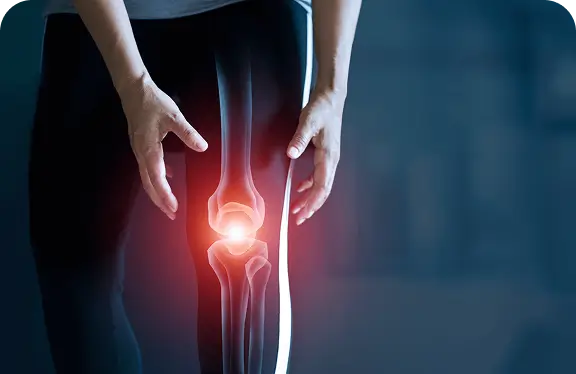
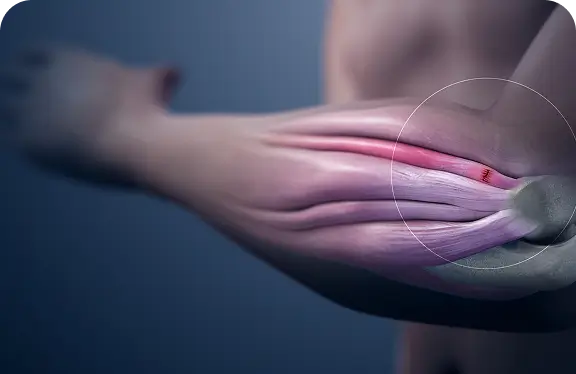
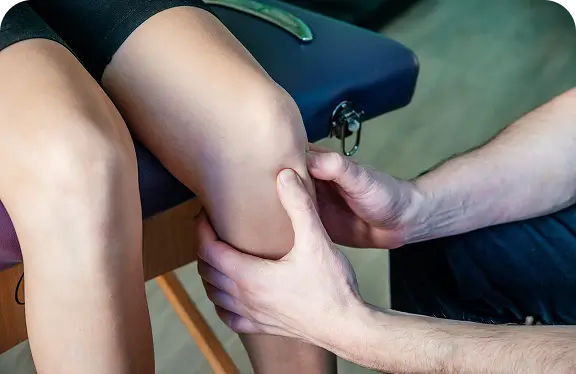
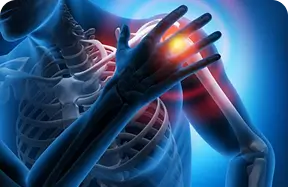
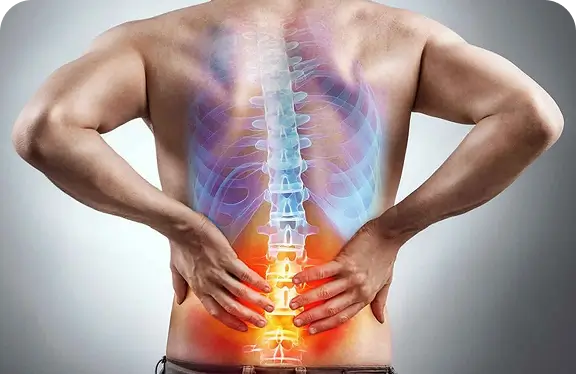
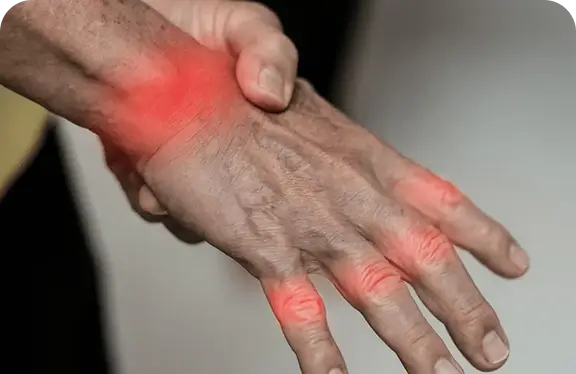
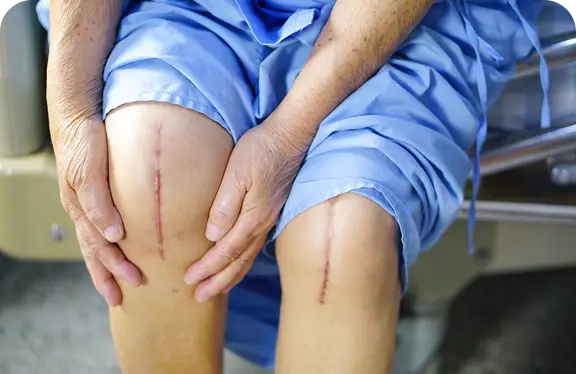
A small amount of blood is taken from your arm.
The sample is placed in a centrifuge for 20 minutes to concentrate platelets.
The PRP is injected into the affected area with imaging guidance.
After brief rest, you go home. Results appear in weeks, with follow-ups as needed.

You can resume daily activities soon after treatment, though a short rest is recommended.

Relief may be felt within hours, but full effects often take weeks or months.

Mild risks include pain, infection, or tissue irritation, which your doctor will help minimize.





Don’t wait in pain — our expert spine specialists are available for same-day evaluations.
PRP therapy, or platelet-rich plasma therapy, is a treatment that uses your body’s own blood to promote healing. A small sample of your blood is drawn, spun in a centrifuge to separate the platelets, and then injected into injured areas. This concentrated solution helps repair tissues, joints, ligaments, and muscles while reducing pain naturally. (Learn more on our PRP Injection Therapy page.)
PRP injections are used to support healing in many common problems. These include injured muscles or ligaments, torn rotator cuffs, tendinitis, jumper’s knee, chronic back pain, and arthritis. PRP may also help after surgery to ease discomfort and speed recovery. It offers a nonsurgical option when traditional treatments are not enough. (See our PRP Injection Therapy page.)
The procedure is simple and completed in one visit. First, blood is drawn from your arm. It’s placed in a centrifuge for about 20 minutes to concentrate the platelets. The target area is numbed, and then the PRP is carefully injected using imaging guidance. After a brief rest, you’re able to return home the same day. (Read more on PRP Injection Therapy.)
Recovery after PRP is usually straightforward. Most patients can return to normal routines quickly, though light rest for a few days is advised. Some notice improvement in hours, while others need weeks or months for the full effect. Your progress is monitored over time to ensure proper healing and long-term benefits. (See our PRP Injection Therapy page.)
PRP is considered safe since it uses your own blood, lowering the chance of allergic reactions. As with any injection, risks like infection, bleeding, or soreness at the site are possible but uncommon. Your provider will explain benefits and safety measures before treatment to ensure you feel confident moving forward. (Learn more on our PRP Injection Therapy page.)
The number of PRP injections depends on your condition and response. Some people benefit from a single injection, while others may need multiple sessions spaced apart. Your doctor will design a plan that fits your needs and goals, making PRP therapy a personalized approach to recovery. (See our PRP Injection Therapy page.)
Contact us and set up your doctor visit today to start your journey to pain-free living